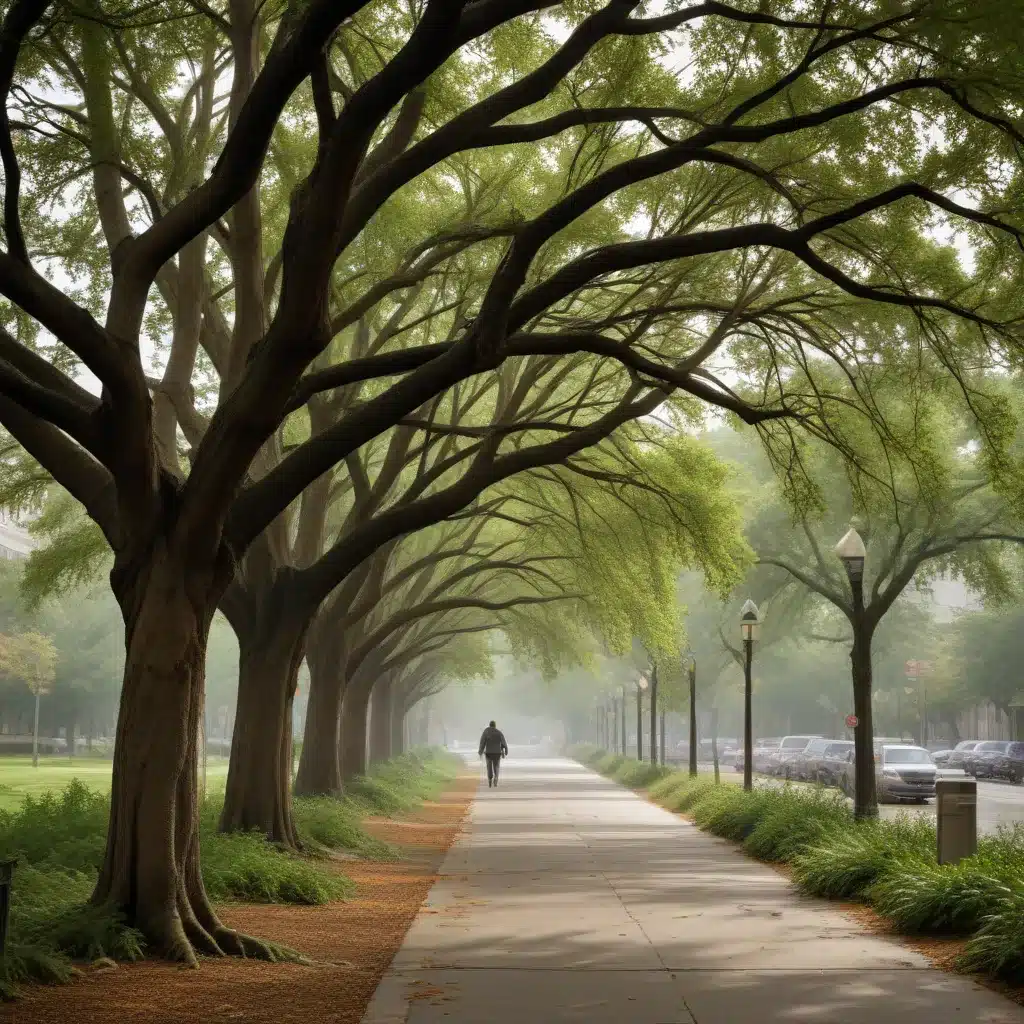
As a tree care specialist at TriCounty Tree Care, I understand the vital role urban trees play in fostering resilient, sustainable communities. Our urban tree canopy – the collective network of trees lining streets, populating parks, and growing in private yards – provides invaluable ecological, economic, and social benefits. However, this invaluable asset faces increasing threats from the growing frequency and intensity of natural disasters driven by climate change.
Urban Tree Species and Characteristics
The diversity of tree species within an urban forest is a key factor in its overall health and resilience. Native tree species, adapted to the local climate and ecosystem, often exhibit greater disease resistance and drought tolerance compared to non-native varieties. Examples of resilient native trees include the red maple (Acer rubrum), American sycamore (Platanus occidentalis), and bur oak (Quercus macrocarpa). These species can withstand the high winds, heavy precipitation, and temperature extremes associated with severe weather events.
Conversely, some non-native or ornamental trees, such as the flowering cherry (Prunus serrulata) or crape myrtle (Lagerstroemia), may be more vulnerable to storm damage or disease outbreaks. When planning for disaster preparedness, it is crucial to prioritize the planting and preservation of climate-adapted, structurally sound tree species that can reliably provide the ecosystem services our communities depend on.
Tree Health and Maintenance
Proactive tree care and maintenance are essential for ensuring the structural integrity and longevity of our urban trees, especially in the face of natural disasters. Regular pruning, mulching, and watering can enhance a tree’s wind resistance, drought resilience, and overall health.
Vigilant pest and disease management is also crucial, as many tree pathogens and insect infestations can weaken a tree’s structural integrity, making it more susceptible to failure during severe weather events. Monitoring for signs of emerald ash borer (Agrilus planipennis), sudden oak death (Phytophthora ramorum), and other prevalent urban tree pests can help inform timely treatment and mitigation strategies.
By investing in proactive, data-driven tree care practices, municipalities and private landowners can better safeguard their urban tree canopy and the vital ecosystem services it provides.
Disaster Preparedness Strategies
Effective disaster preparedness for the urban tree canopy requires a multifaceted approach that addresses the various threats posed by severe weather events and climate change.
Assessing Risks and Vulnerabilities
The first step in disaster preparedness is to identify and assess the risks facing the local urban forest. This can involve conducting tree risk assessments, canopy cover analyses, and vulnerability studies to pinpoint hazardous trees, high-risk areas, and populations most susceptible to the impacts of natural disasters.
Emergency Response Planning
Building upon this risk assessment, municipalities and community organizations should develop comprehensive emergency response plans that outline protocols for pre-event tree pruning, debris removal, and post-disaster tree restoration. These plans should also incorporate community outreach and engagement strategies to ensure vulnerable populations have access to critical information and resources.
Collaborative Partnerships
Disaster preparedness for the urban tree canopy is not a solitary endeavor. TriCounty Tree Care advocates for the formation of collaborative partnerships between local government, utility providers, nonprofit organizations, and community stakeholders. By pooling expertise, resources, and communication channels, these networks can enhance early warning systems, coordinated emergency response, and long-term resilience-building.
Urban Forestry Management Strategies
Underpinning effective disaster preparedness are robust urban forestry management practices that prioritize the long-term health and sustainability of the local tree canopy.
Policies and Regulations
Municipal tree protection ordinances, planting programs, and zoning codes can help ensure the responsible management of public and private trees. These policies should incentivize the preservation of mature trees, the strategic planting of diverse, climate-adapted species, and the equitable distribution of tree canopy coverage.
Monitoring and Data Collection
Comprehensive tree inventories, canopy cover assessments, and environmental benefits tracking enable data-driven decision-making and the continuous improvement of urban forestry practices. By monitoring the composition, health, and ecosystem services of the urban forest, municipalities and community organizations can better anticipate and respond to emerging threats.
Funding and Resources
Adequate and consistent funding is crucial for sustaining the long-term care and management of the urban tree canopy. Municipalities should explore grant opportunities, public-private partnerships, and innovative financing mechanisms to secure the resources needed for proactive maintenance, strategic planting, and emergency response.
Climate Change Adaptation
As the impacts of climate change become increasingly pronounced, urban forestry strategies must evolve to enhance the resilience of the tree canopy and mitigate the effects of extreme weather events.
Mitigating Urban Heat Islands
Expanding the urban tree canopy is a proven strategy for reducing the urban heat island effect, thereby improving public health outcomes and energy efficiency during periods of extreme heat. Integrating green infrastructure solutions, such as bioswales and rain gardens, can further enhance the cooling benefits and stormwater management capabilities of the urban forest.
Enhancing Resilience and Recovery
Disaster preparedness for the urban tree canopy must also account for post-event recovery and restoration. By developing comprehensive emergency response plans, municipalities and community organizations can ensure the rapid assessment of tree damage, the prioritization of hazardous tree removal, and the strategic replanting of resilient, climate-adapted species.
Engaging the local community in these disaster recovery efforts can foster a sense of shared responsibility and long-term stewardship of the urban forest. TriCounty Tree Care believes that by working together, we can safeguard our invaluable tree canopy and the myriad benefits it provides, even in the face of increasingly unpredictable natural disasters.


